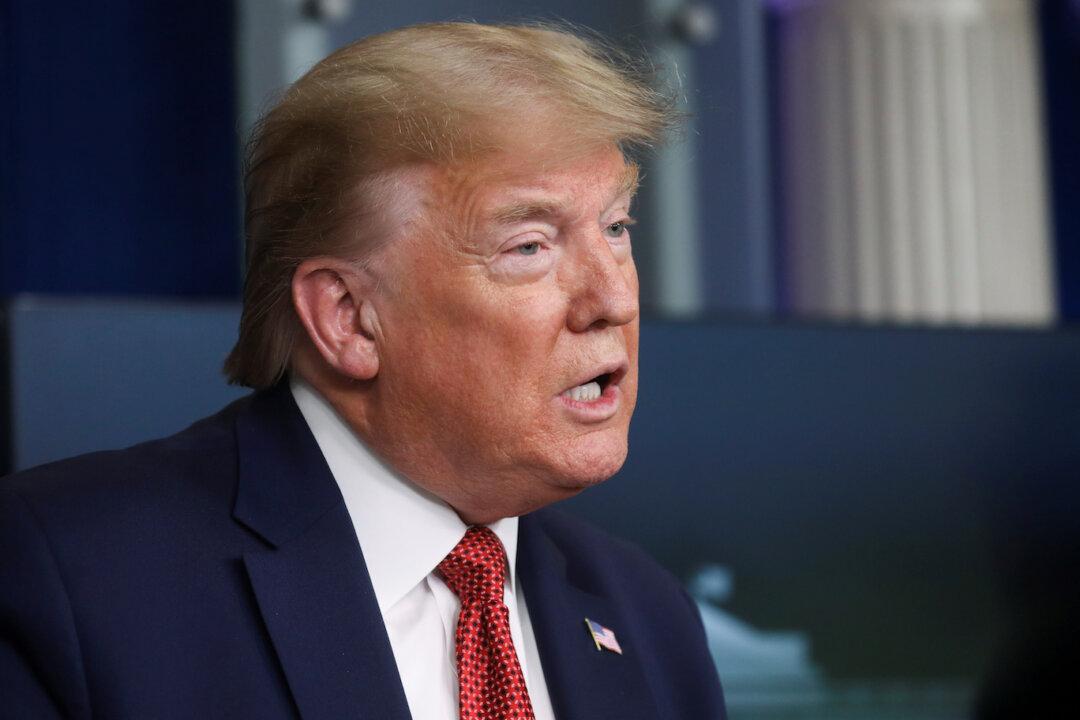Chinese authorities raised its official virus death toll by 50 percent in the epicenter Wuhan on April 17, drawing criticism from President Donald Trump that this was still an underreporting of the actual death toll in China.
Wuhan authorities placed the revised number of fatalities in the central Chinese city at 3,869, after adding 1,290 cases that included some who had died at home. Wuhan is also reporting another 325 confirmed infections, bringing the cumulative total to 50,333—two-thirds of the country’s recorded tally.





